Similarities And Differences Between Presidential And Parliamentary System
Similarities and differences between presidential and parliamentary system. Parliamentary and Presidential Goverment. Explore more on it. With the growth of party polarization in the United States the two-party model is not able.
Similarities Between Parliamentary And Presidential System. Week 4 Discussion. In the Presidential Model the president is the Executive.
The author illustrates some major differences and weaknesses of these regimes seeks to ascertain why these systems have been created and with this undertakes a comparison between them. Similarities Between the Parliamentary Westminster system and Presidential Washington systems. Provide a real-life example to illustrate your point.
The major difference between these two systems is that in a Presidential system the executive leader the President is directly voted upon by the people Or via a body elected specifically for the purpose of electing the president and no other purpose and the executive leader of the Parliamentary system the Prime. There are similarities and differences between a parliamentary democracy and a presidential democracy. Parliamentary system have a Prime Minister the leader of.
Use a vote of no confidence where a majority of parliament members vote to remove the Prime Minister from office. Presidential Govt Parliamentary Govt Both are able to overrule and get rid of their leaders. Both are democratic type governments.
Parliamentary and presidential goverment using The United States and Italy as an example. In a presidential system the central principle is that the legislative and executive branches of government are separate. Both are representative democracies both have a head of state both have a bicameral form of government and both are rule by constitution.
This leads to the separate election of president who is elected to office for a fixed term and only removable for. Which system is more efficient and why.
In a presidential system the central principle is that the legislative and executive branches of government are separate.
Similarities Between Parliamentary And Presidential System. The major difference between these two systems is that in a Presidential system the executive leader the President is directly voted upon by the people Or via a body elected specifically for the purpose of electing the president and no other purpose and the executive leader of the Parliamentary system the Prime. For example in India the President is the nominal head while the Prime Minister is the real head. Answer 1 of 6. Week 4 Discussion. Parliamentary and Presidential systems both use a method of representative democracy. There are similarities and differences between a parliamentary democracy and a presidential democracy. Both are representative democracies both have a head of state both have a bicameral form of government and both are rule by constitution. The presidential system refers to the chief.
President has the right to veto bills and deploy soliders but not declare war. In parliamentary governments the head of state and the chief executive are 2 separate offices. Similarities Between Parliamentary And Presidential System. Similarities Between the Parliamentary Westminster system and Presidential Washington systems. The presidential system refers to the chief. In the Presidential Model the president is the Executive. A parliamentary government is one in which a prime minister or premier holds office as long as he or she commands a majority in the parliament which is the primary legislative body concerned with public affairs.


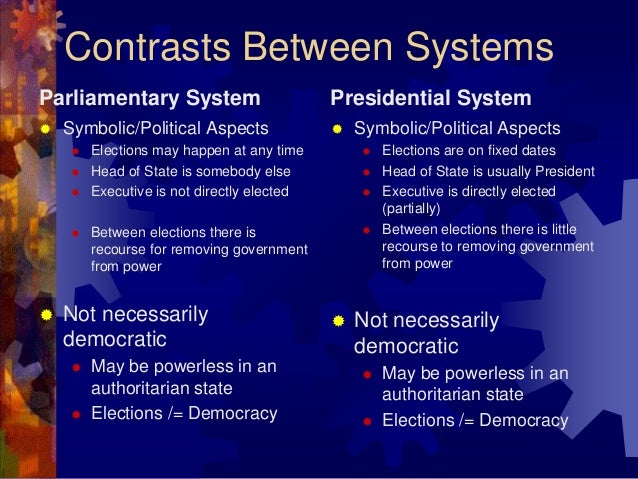



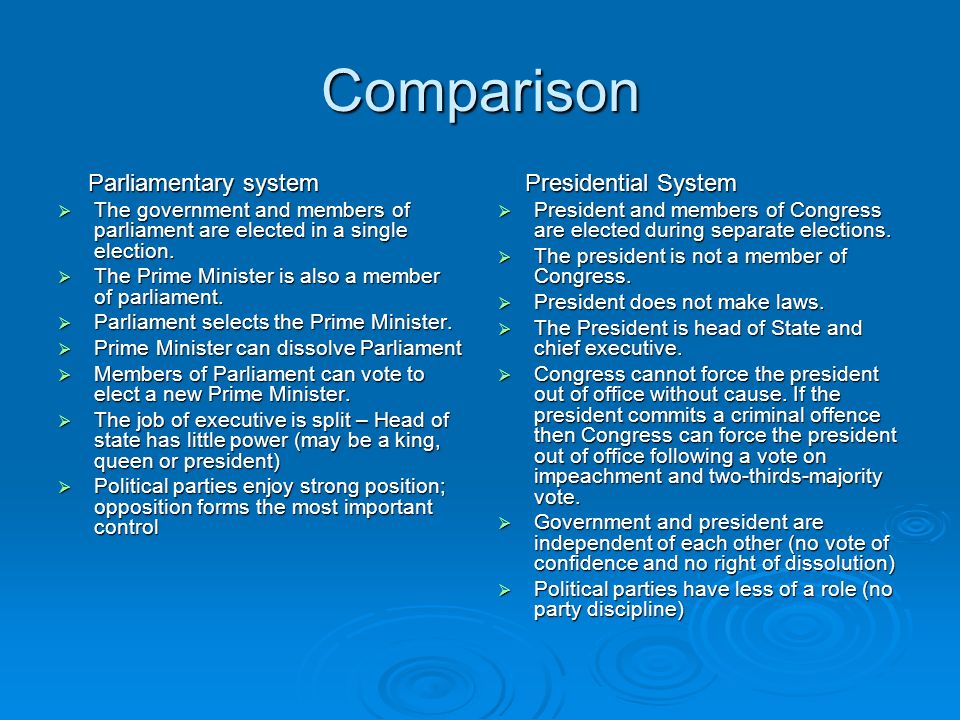



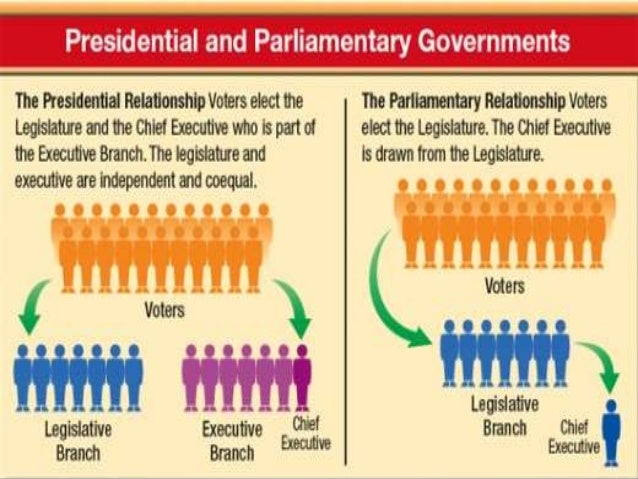



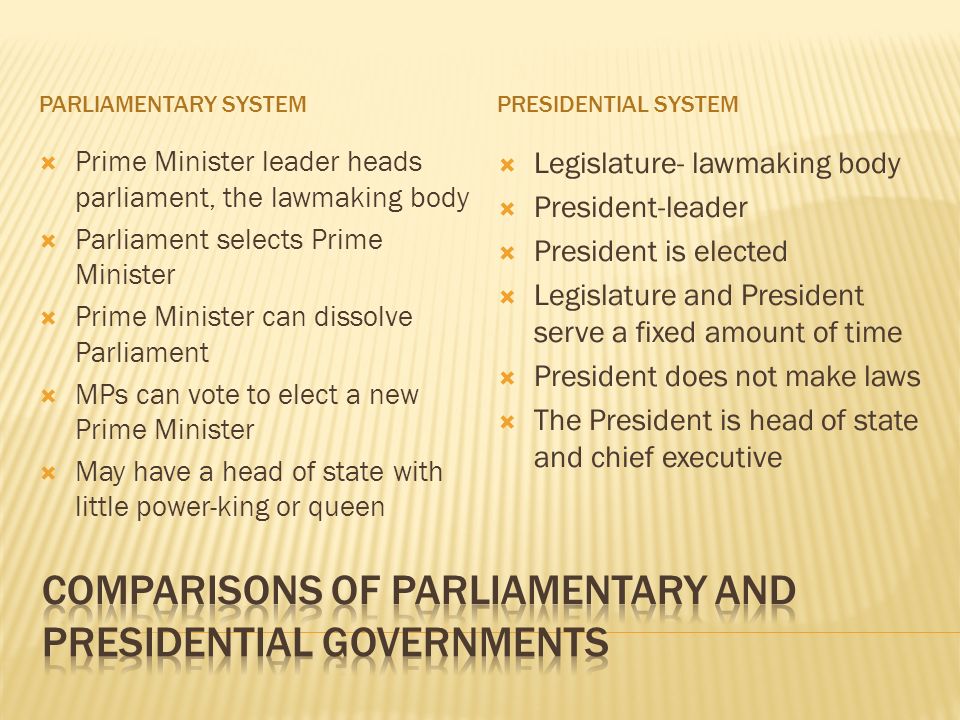
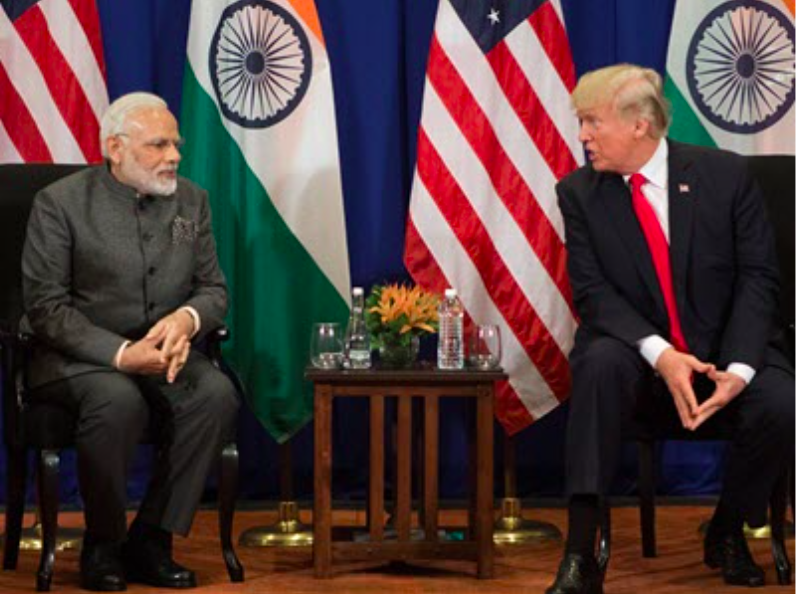
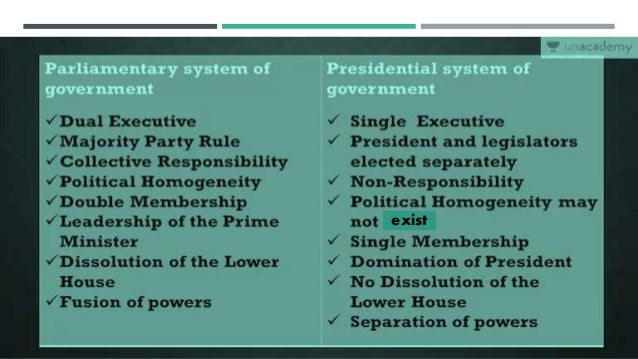


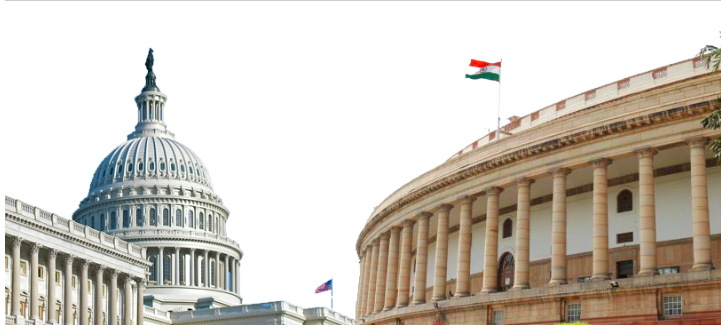


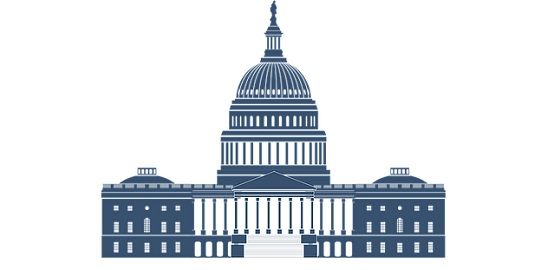

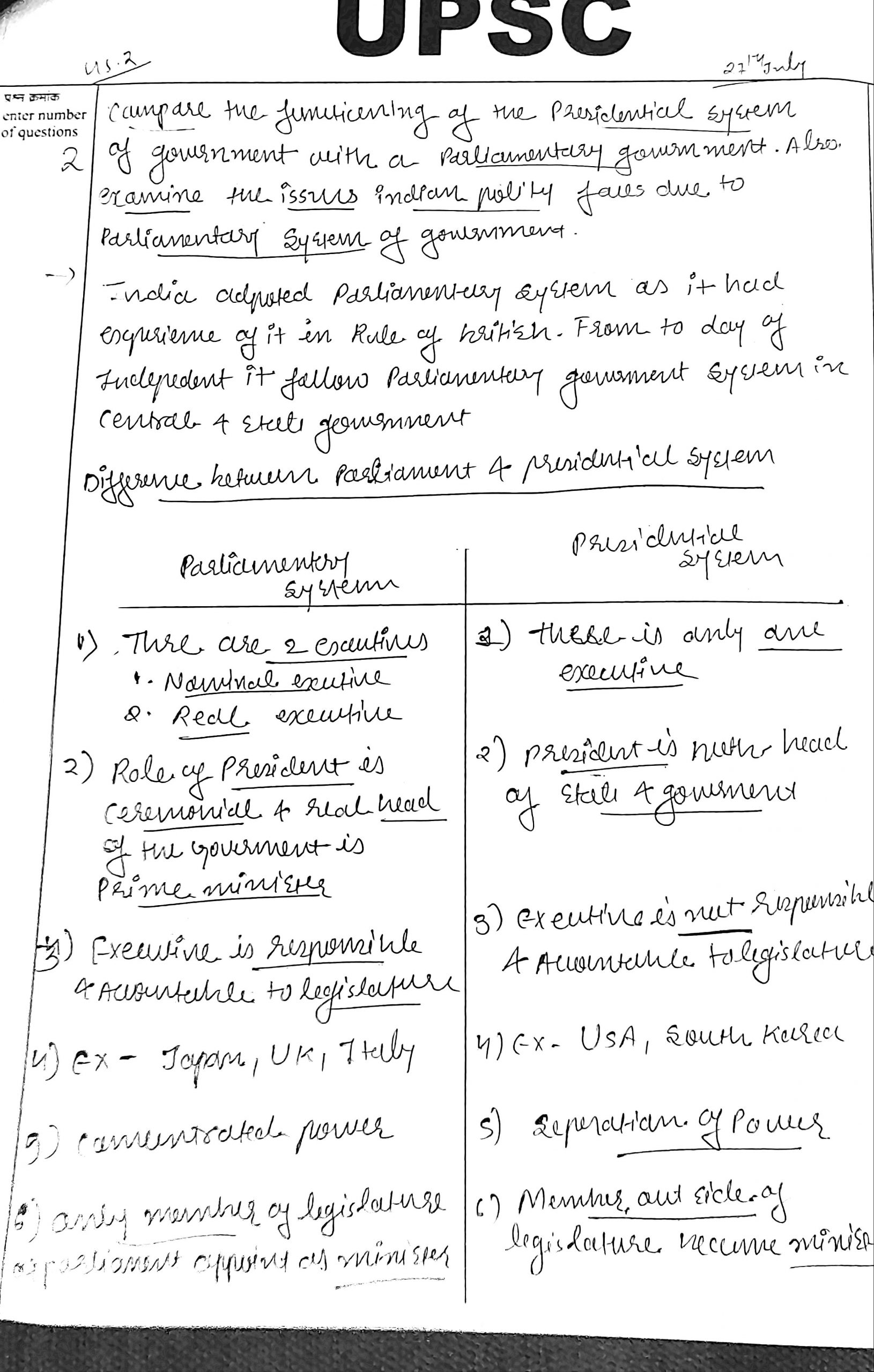
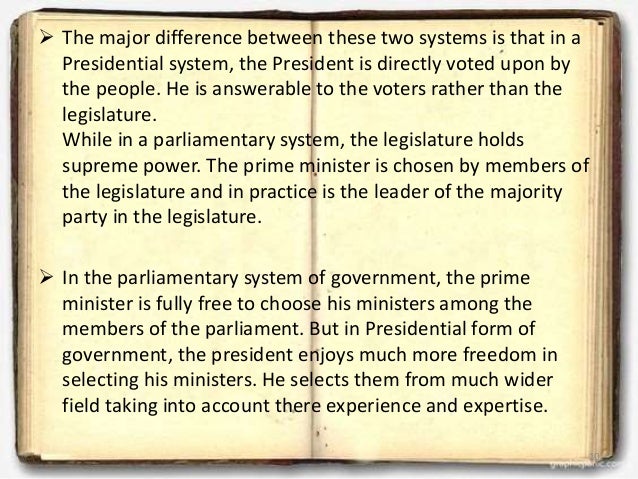

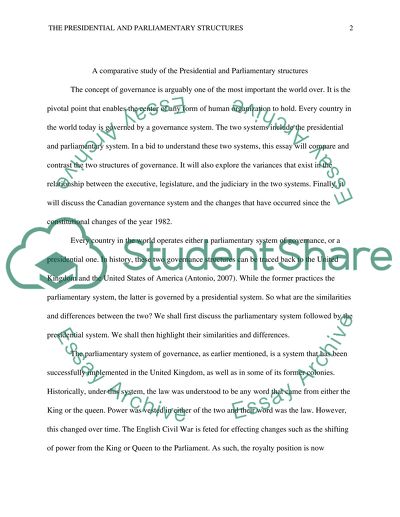
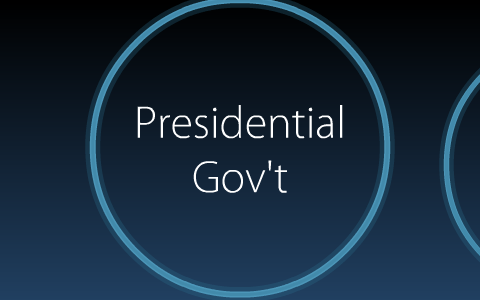


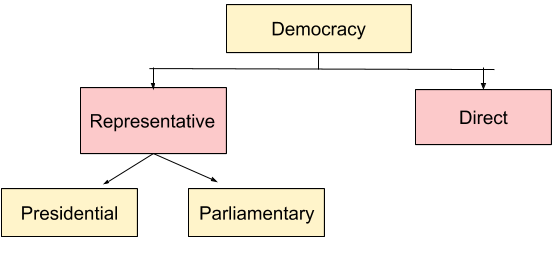




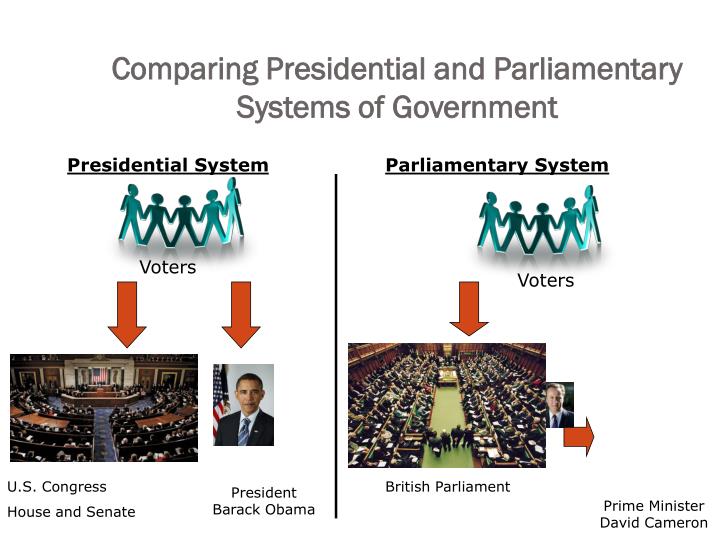
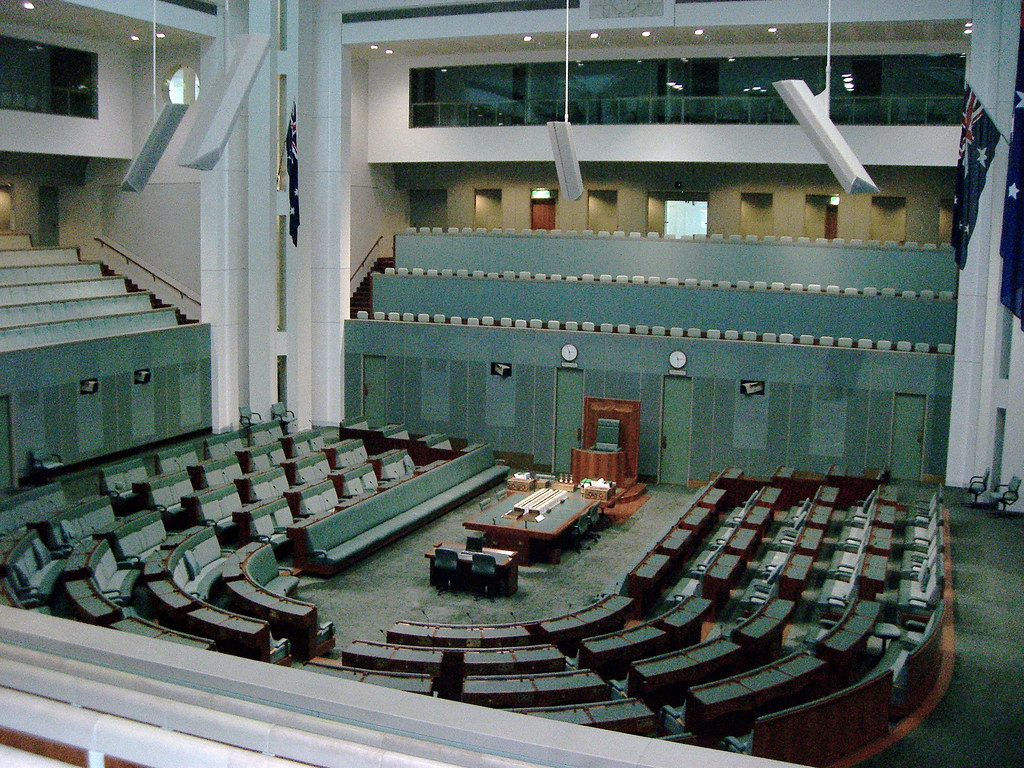
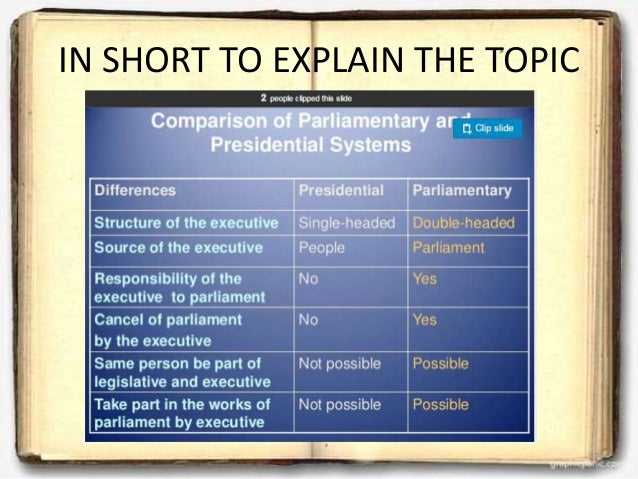
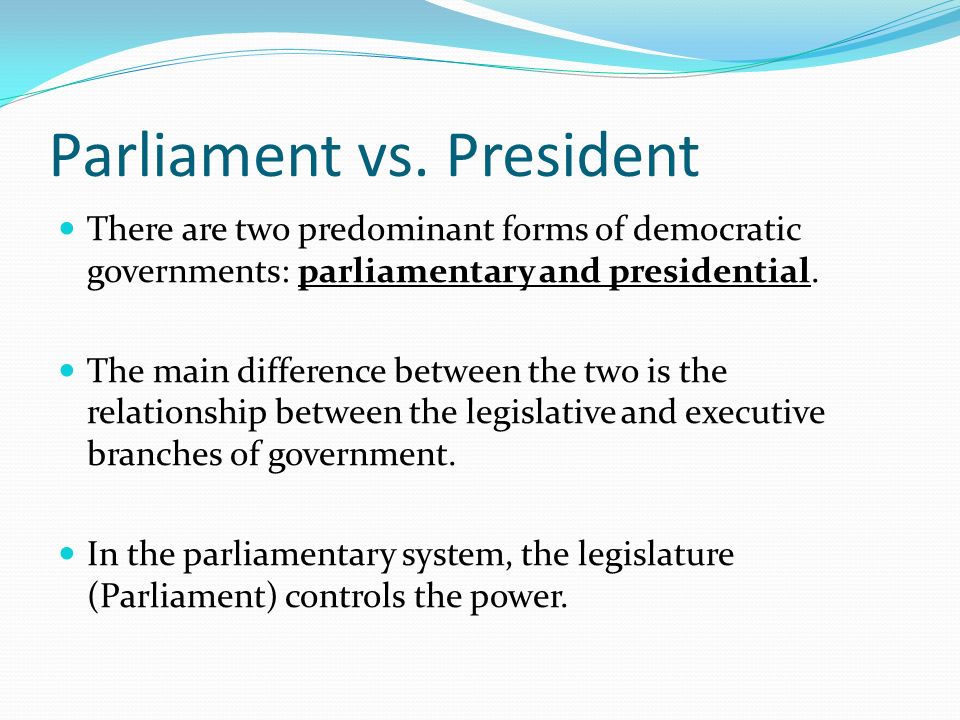




Post a Comment for "Similarities And Differences Between Presidential And Parliamentary System"